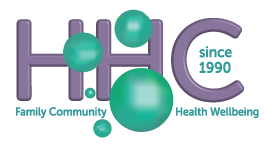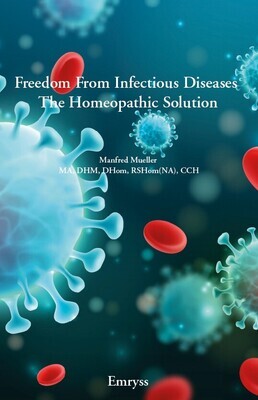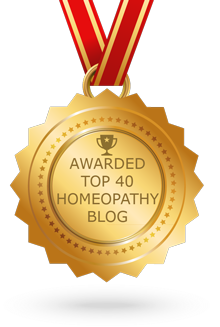Shop
Natural Medicine and Homeopathy Shop
Brookvale, Sydney, NSW (02) 99059415

Natural medicine products. New and second hand homeopathy textbooks and beginner books. Order on-line or drop-in to the clinic for professional advice. 2nd hand books.
RETURNS AND REFUNDS: Return your unused goods within 30 days with your receipt and you are eligible for a refund. Please read the full policy before purchase. SHIPPING: Our shipping costs are Standard Australia Post Fees.
Materia Medica of the Nosodes with x-ray provings* (Allen)
Materia Medica of the Nosodes with x-ray provings* (Allen)
The volume is a compendium of homeopathic medicines and their uses. Materia Medica of the Nosodes With Provings of X-Ray by Henry C. Allen, was first published in 1910. This book covers 42 remedies and includes Bernard Fincke's 1897 provings of X-Ray. Allen regarded these remedies as homeopathic and not isopathic remedies. They were to be proved as homeopathic remedies and prescribed according to the totality of symptoms. The preliminary remarks for each remedy are about the source of the proving. Characteristic symptoms are listed with remedy differential. Systems affected is mentioned with the identifying symptoms. The number of marks preceding the symptoms indicate the relative value of each symptom. This work is one of the greatest contribution of Dr. H.C. Allen to the homeopathic science.
Dr. Henry C. Allen, M.D., was born October 2, 1836 in the village of Nilestown, near London Ontario. He was a descendant of the Revolutionary War hero, Ethan Allen. He studied medicine at the College of Physicians and Surgeons in Ontario, Canada and received his homeopathic training at Western Homeopathic College (AKA Cleveland Homeopathic College) in Cleveland, Ohio where he graduated in 1861. After his graduation, he entered the Union Army, serving as a surgeon. After the Civil War Allen accepted the professorship of Anatomy at Cleveland and first started the practice of medicine. He later resigned this post to accept the same chair at the Hahnemann Medical College of Chicago. In 1875, he moved to Detroit and was appointed as the Professor of Materia Medica at the University of Michigan, Ann Arbor in 1880. In 1892, Allen helped found the Hering Medical College and was Dean and Professor of Materia Medica until his death. Dr. Allen passed away on January 22, 1909.
Second hand Hard cover. 583 pages.
Details: Allen studied medicine at the College of Physicians and Surgeons in Ontario, Canada and received his homeopathic training at Western Homeopathic College (AKA Cleveland Homeopathic College) in Cleveland, Ohio where he graduated in 1861.
After the Civil War Allen accepted the professorship of Anatomy at Cleveland and first started the practice of medicine. He later resigned this post to accept the same chair at the Hahnemann Medical College of Chicago. In 1875 he moved to Detroit and was appointed Professor of Materia Medica at the University of Michigan, Ann Arbor in 1880.
In 1892 Allen helped found the Hering Medical College and was Dean and Professor of Materia Medica until his death. During his tenure, he was respected and loved as few men are during their lives.
This is some of what the International Hahnemannian Association (IHA) 'In Memoriam' had to say about Henry C. Allen:
...he was one who truly gave, not only of his love and sympathy, but of his time and effort, and money, to all who needed his aid. No one will ever know how many poor and suffering he helped, nor how many needy, struggling young students and physicians he aided with advice, and money and encouragement. To the young, and especially women in the profession, he was a tower of strength.
The 1890's saw the majority of Homeopathic colleges steeped in modern scientific homeopathy, emphasizing laboratory methods, surgery, and transient therapeutic and pathological fads. Hahnemann's teachings were often deemed dogmatic, antiquated, and visionary. Most graduates knew much of transient therapeutic and pathological fads, but little homeopathy.
Dr. Allen actively worked for reinstatement of the Organon in college curricula and was largely responsible for its wide-scale use during the turn of the century. Like Hahnemann and Hering before him, Allen passionately defended the inductive method described in the Organon.
His disagreement with Kent over the publication of unproven remedies in the Denver Critique illustrates this unwavering commitment to Hahnemann's principles. Kent had promised to publish one remedy a month, but since this proved to be impossible, he described remedies for which there were no provings or clinical experience. Instead he would combine the qualities of Alumina and Silica and speculate on the symptoms that would exist in Alumina silicata.
At the Homeopathic Congress of June 1908, Allen accused Kent of publishing unreliable materia medica. Kent retracted his position and never published a "synthetic" remedy again and actually removed them from the 2nd edition of his Lectures on Homeopathic Materia Medica. Allen was probably the only homeopath of his time who could stand up to Kent.





